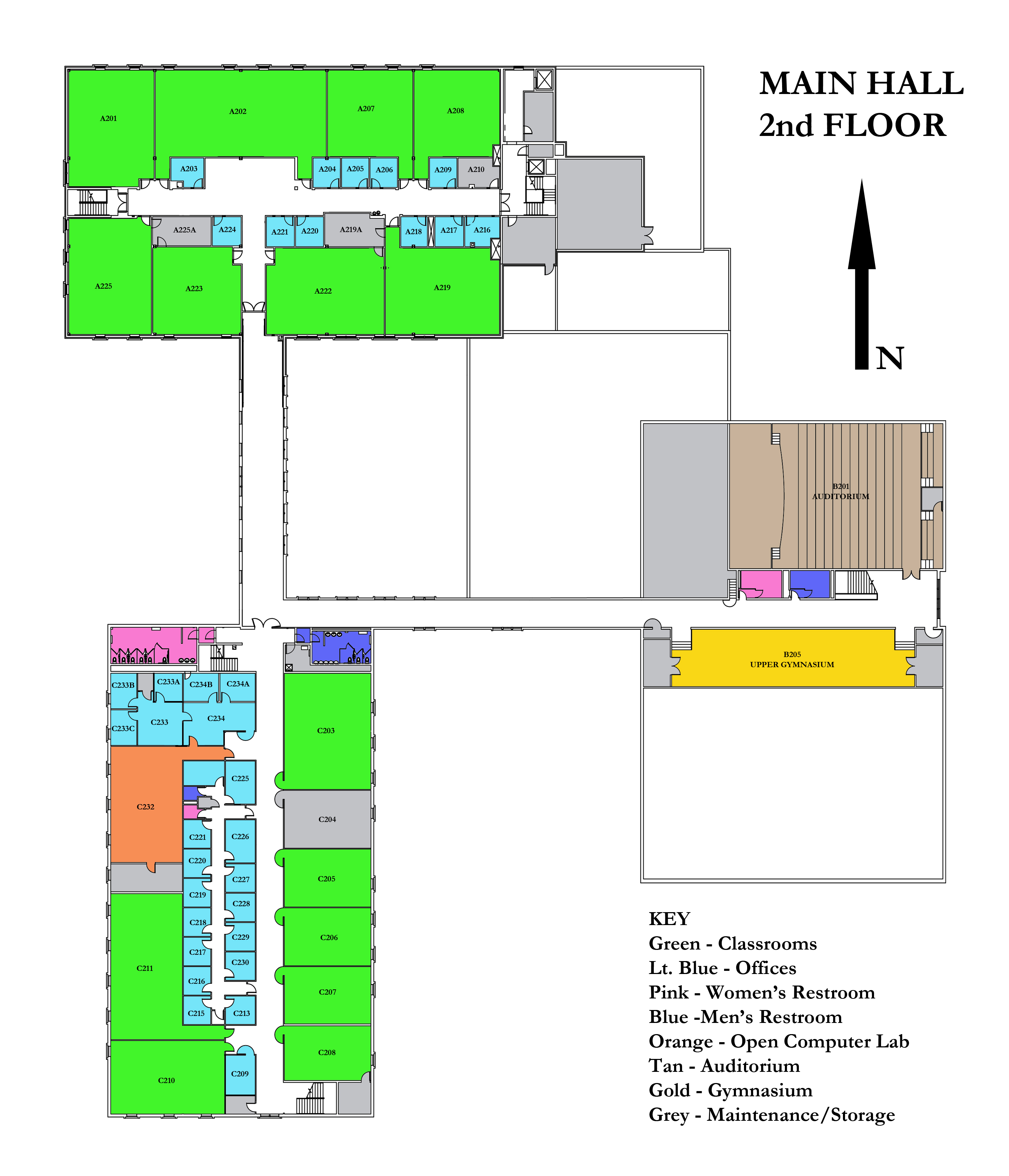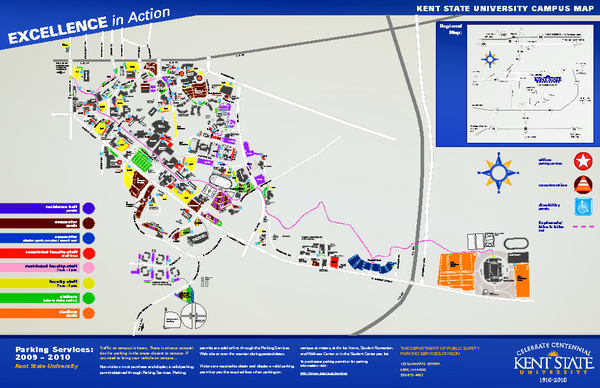Kent State Parking Passes Fall 2019

The familiar hum of late summer buzzed across the Kent State University campus. Golden sunlight dappled through the leaves of the iconic oak trees, casting dancing shadows on the brick walkways. Students, fresh-faced and eager, navigated the pathways, backpacks slung over their shoulders, a mix of nervous anticipation and excitement filling the air. But amidst the back-to-school bustle, one topic dominated conversations: parking.
Kent State University's Fall 2019 parking pass rollout sparked a wave of discussion among students, faculty, and staff. Understanding the intricacies of the parking system, the availability of permits, and the ongoing efforts to improve transportation options became paramount for navigating daily life on campus.
The Parking Landscape: A Brief History
Kent State's parking infrastructure has evolved alongside the university's growth. Years ago, parking wasn't a major concern, but with increasing enrollment, the demand for parking spaces steadily grew. This led to the development of designated lots, parking regulations, and the implementation of a permit system to manage limited resources.
Prior to 2019, the parking permit system had undergone several adjustments based on feedback from the Kent State community. These adjustments aimed to address issues such as parking availability, accessibility, and cost-effectiveness.
Fall 2019: What Was New?
The Fall 2019 semester introduced some subtle changes to the parking pass system. Some students noticed slight adjustments to permit pricing depending on lot location. Others pointed out the increased use of technology, like parking apps, to monitor lot availability.
University officials emphasized that these changes were designed to optimize parking resources and improve the overall experience. Their goal, they stated, was to balance affordability, accessibility, and sustainability.
The Transportation and Parking Services office also highlighted ongoing initiatives. Shuttle services were expanded to connect remote parking areas with central campus locations. These shuttle services helped ease congestion and provide alternative transportation options for students and staff.
Student Perspectives: Challenges and Solutions
For many students, securing a parking pass became an annual ritual, filled with a mix of anticipation and anxiety. The limited number of permits relative to the student population created a competitive environment, often leading to frustration.
“It’s always a gamble,” shared Sarah Miller, a sophomore at Kent State in Fall 2019. “You hope you get the pass you want, but sometimes you have to settle for something further away, which adds to your commute time.”
The university acknowledged these concerns. Officials emphasized their commitment to seeking solutions. They planned to explore alternative transportation options, like increased bike lanes and incentives for carpooling.
"We are constantly evaluating our parking and transportation system,"said a spokesperson for the university.
"Our goal is to find solutions that benefit the entire campus community."
Looking Ahead: Sustainability and Innovation
Kent State was not only focused on managing immediate parking demands. They were also implementing long-term strategies for a more sustainable future. This included promoting the use of public transportation and investing in electric vehicle charging stations.
These investments reflect a broader commitment to environmental responsibility. The university sought to reduce its carbon footprint by encouraging more sustainable transportation choices.
The parking situation at Kent State, like at many universities, was an ongoing challenge. The Fall 2019 parking pass rollout was simply one moment in the continuous effort to balance the needs of a diverse campus community. By listening to feedback, embracing innovation, and prioritizing sustainability, Kent State continued striving to create a more accessible and efficient transportation system for all.


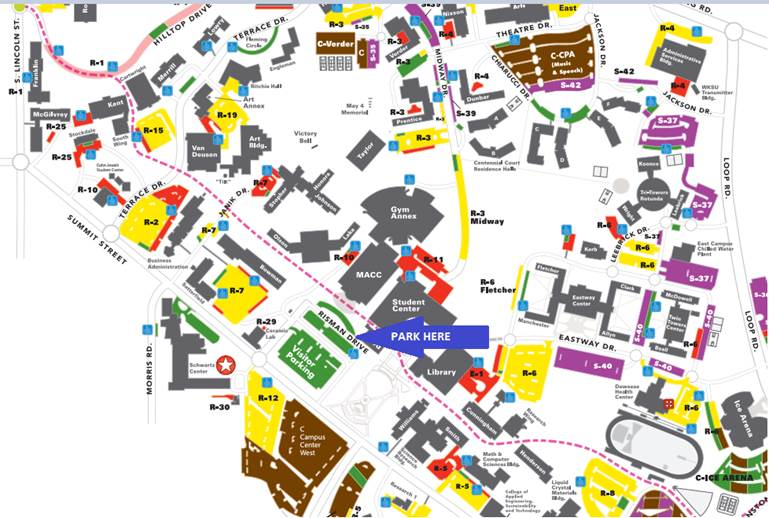

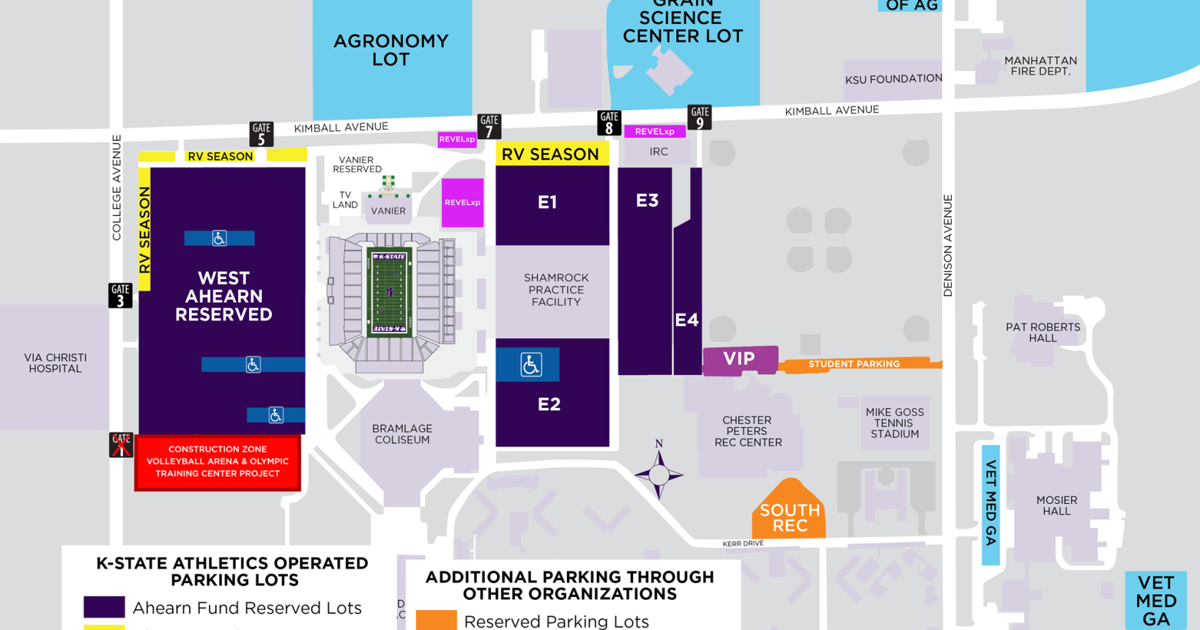



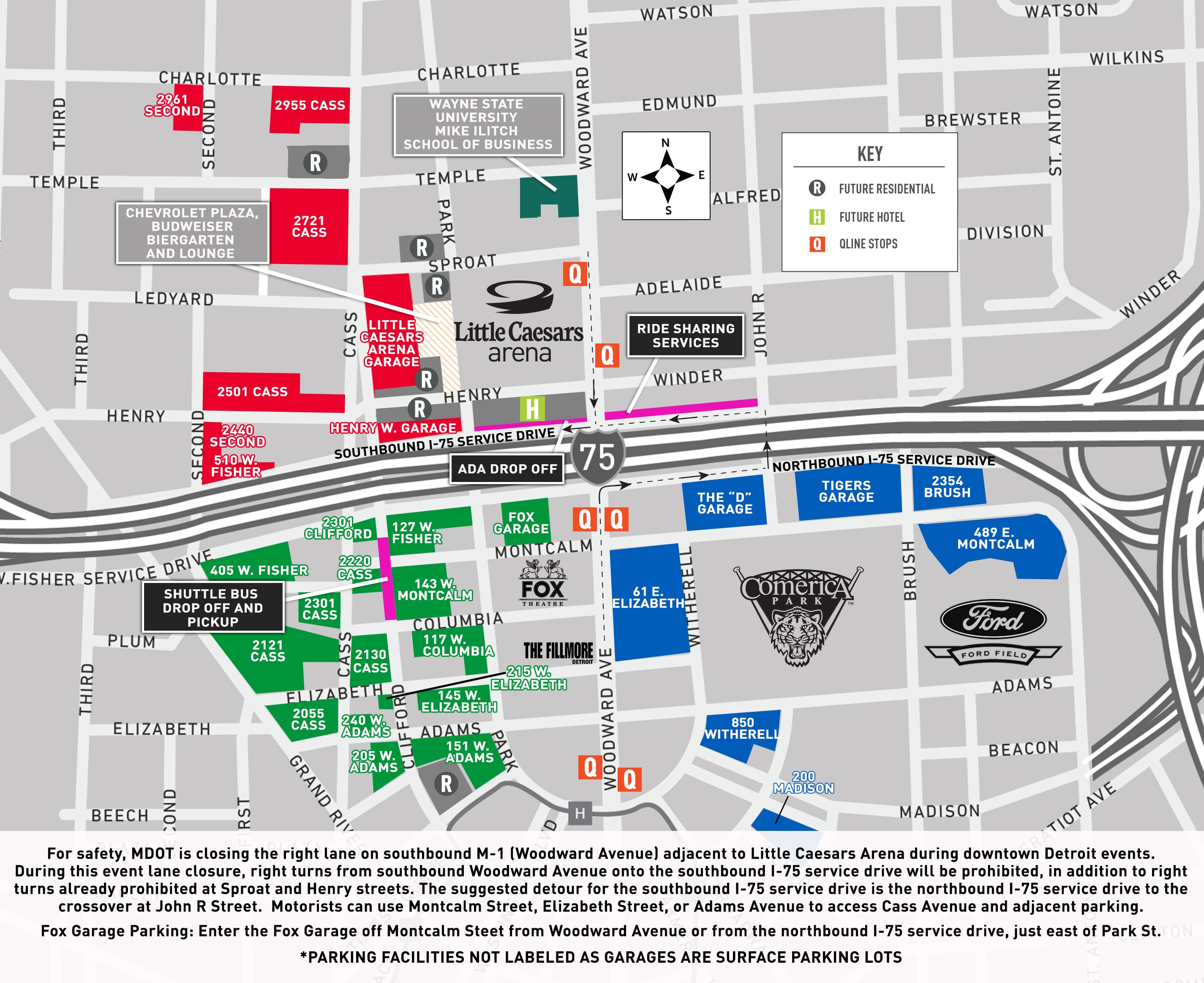




.png)

